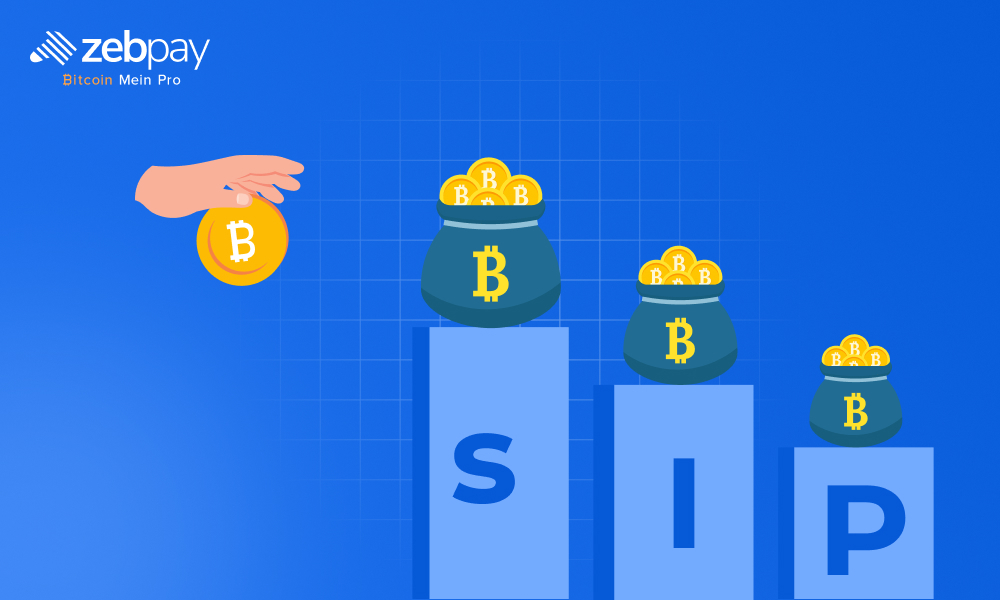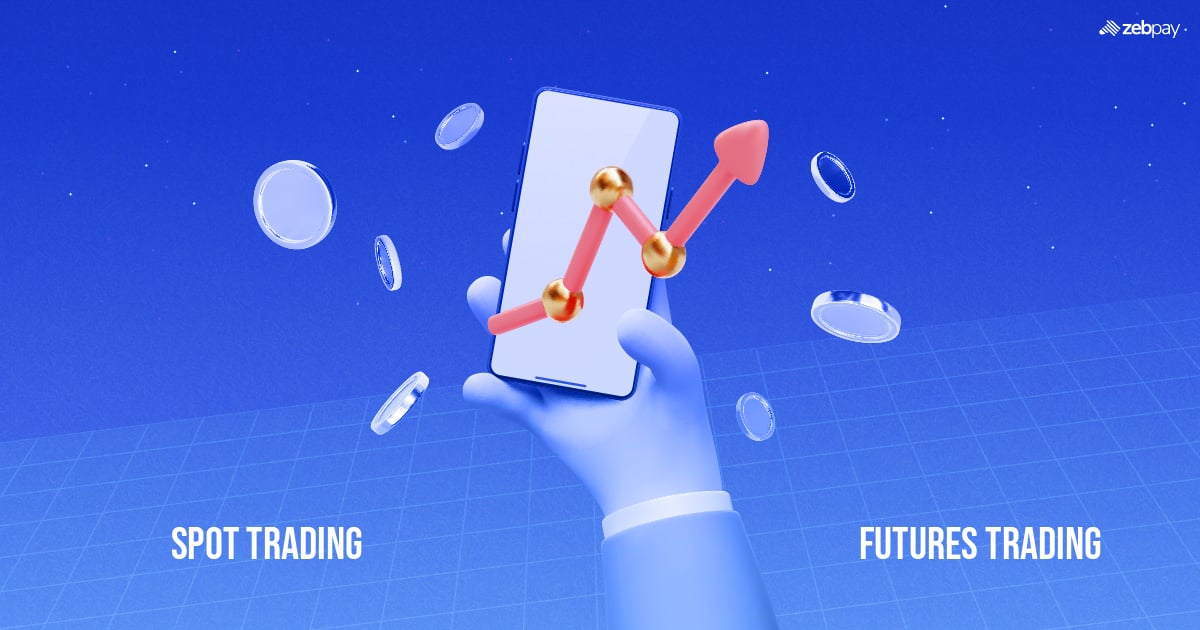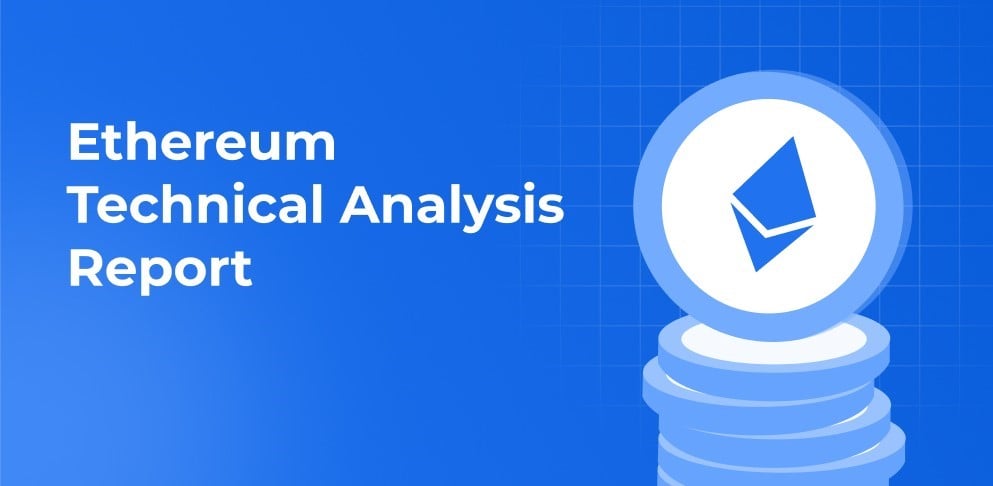Introduction to Polkadot in DeFi
Decentralized finance, or DeFi, eliminates centralized entities in financial transactions and enables any user from any background to access financial products and services. DeFi protocols give users complete control over their money as users are the custodians of their funds.
DeFi protocols can benefit from the powerful features offered by the Polkadot blockchain. This blockchain can create many innovative use cases by allowing the development of independent blockchains.
Understanding Decentralized Finance (DeFi)
DeFi is a blockchain-based financial ecosystem that depends on smart contracts for its operations. Smart contracts are self-executing programs that automatically fulfill the agreement between two parties when pre-agreed conditions are met. They eliminate the need for intermediaries and reduce the costs associated with financial transactions. DeFi users have complete control over their money without depending on a centralized entity like a bank that charges different fees for various transactions. DeFi offers a range of financial products and services, such as trading, insurance, lending, and borrowing. It brings these services to the unbanked, as they are accessible to any user with an internet connection.
Key feature of DeFi applications
DeFi enables anyone from any part of the world with an internet connection to access financial services. It offers an easy way to earn crypto passive income. It also provides a high level of security to all its users.
Your money is usually controlled by banks or intermediaries who facilitate transactions in traditional financial systems. They also charge various fees for using their financial products and services. The biggest drawback of conventional financial institutions is that all your transactions are overseen by a centralized entity, from transferring money to loan applications.
Overview of the Polkadot Network
The Polkadot blockchain is a decentralized and scalable multi-chain network looking to disrupt the Web 3.0 landscape. It uses the Substrate framework to enable the creation of compatible blockchains using pre-built components. It uses shards to scale its interoperable network and aims to build a fully decentralized web where users are in control. It facilitates a new form of the web as it connects public and private chains as well as oracles. It enables independent blockchains to exchange data in a trustless manner.
Read more: What is Polkadot
The governance of the Polkadot network is based on the proof-of-stake (PoS) consensus mechanism, which ensures a majority stake to control the network. It uses a modified version of the PoS system, where nominators back validators with their stake as a sign of trust.It employs GRANDPA, a Ghost-based Recursive Ancestor Deriving Prefix Agreement, which makes it a more secure and scalable blockchain protocol. It enables blockchains to pool their security, and this combined added protection is applied to all. Nominators, validators, collators, and fishermen are the significant players that carry out all operations in its consensus system.
Polkadot’s Contributions to DeFi
Composability in Polkadot depends on its shared security model, where all parachains are connected to its Relay Chain and benefit from the economic security provided by validators. The interchain communication on its platform is not dependent on the trust that the receiving blockchain has in the sending chain; instead, it is equal across all parachains. This feature makes it easy for developers to focus on creating a seamless user experience.
Developers can build new blockchains easily using its powerful development tool, Substrate. It enables developers to create unique blockchain protocols while enjoying the speed, efficiency, and security of the relay chain. Developers can focus on the intrinsic details of their protocol instead of building an infrastructure from scratch using this tool. All blockchains built using Substrate are compatible with the Polkadot network and have access to its ecosystem of parachains and other applications.
Read more: What is Polkadot Staking
Building DeFi Applications on Polkadot
You can expect many DeFi applications and products on the Polkadot network built using the Substrate development tool. Its ecosystem is facilitating the creation of a wide range of DeFi protocols, such as yield aggregators, DEX aggregators, decentralized futures, derivatives, and insurance platforms. More DeFi projects are popping up on Polkadot as it combines creativity with highly composable and scalable blockchain systems.
Companies and developers can leverage its development frameworks and tools to focus on building innovative products, as much of the initial infrastructure of the protocol is taken care of.
Read more: How to Invest in DeFi
Security in Polkadot’s DeFi

It pools security from within its network of blockchains, allowing individual chains to leverage the collective security rather than starting over to gain trust. This feature enables independent blockchains with varying levels of security to strengthen their protocol by pooling their security resources and delegating them to the relay chain. This security system does not depend on validators to secure it, enabling individual blockchains to focus on scaling as they defer network security to the relay chain.
Polkadot’s Contributions to DeFi Innovation
One of the vital contributions of the Polkadot network to DeFi is Parachains, which are layer-2 blockchain scaling solutions that run independently and are completely customizable. They can be seen as the governance layer of the Polkadot network. The relay chain binds the parachains and is responsible for shared consensus, security, and interoperability. It validates data, achieves consensus, and ensures the smooth execution of transactions.
Challenges and Considerations in Polkadot’s DeFi
Regulators and governments are still working out solutions to regulate the use of crypto tokens and blockchain technology. This uncertainty in crypto regulations could impact the adoption of the Polkadot network, especially if the regulations become overly restrictive.
Another challenge it faces is the issue of network scalability. There is a risk of slow transactions and congestion as more users and DeFi applications are added to the network.
Future Outlook for Polkadot in DeFi
There have been several upgrades to the Polkadot network since the launch of parachains. These upgrades will help facilitate DeFi protocols such as the Plasm Network, Moonbeam, Manta Network, and other future applications. Polkadot strives to achieve advanced innovation in the DeFi space.
Read more: Future of Decentralised Finance
Conclusion
Polkadot has made a huge impact in the DeFi sector through its innovative features. It enables interoperability and cross-chain communication between different blockchains to transform the DeFi sector. It provides a user-friendly and scalable framework for developers to build innovative DeFi applications. Its unique system of relay chains, parachains, and bridges is trying to solve some crucial issues faced by DeFi. This platform enables seamless communication between blockchains, and this interoperability feature is vital for the growth of the DeFi sector. It has gained significant traction in the DeFi community due to the Substrate development tool, which helps developers focus on their product rather than building the infrastructure of the protocol from scratch. The future of DeFi is bright, and the Polkadot network will play a big role in shaping this sector.
Visit ZebPay blogs to stay up to date about the latest crypto news. Join the millions of traders already using ZebPay.







